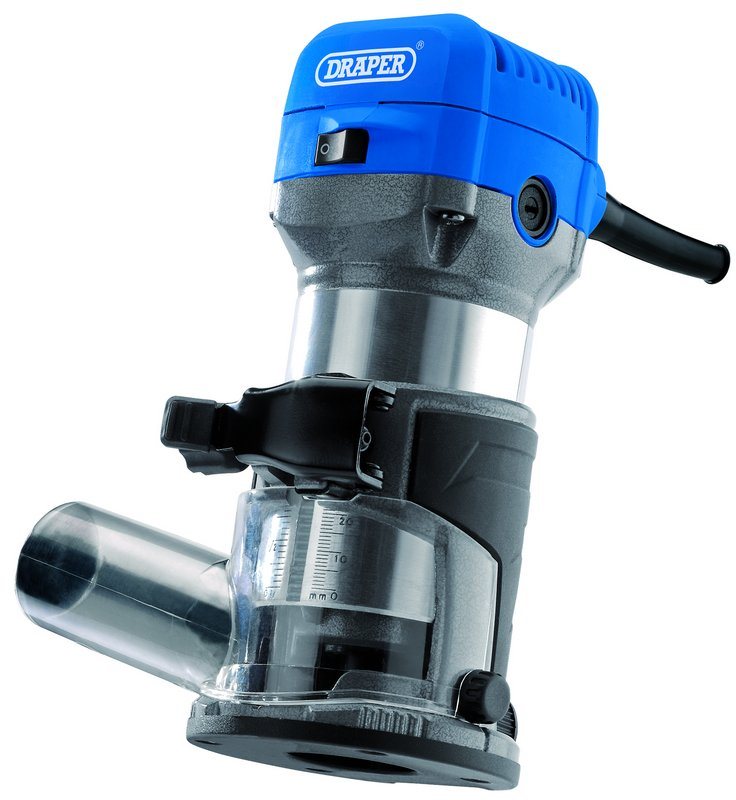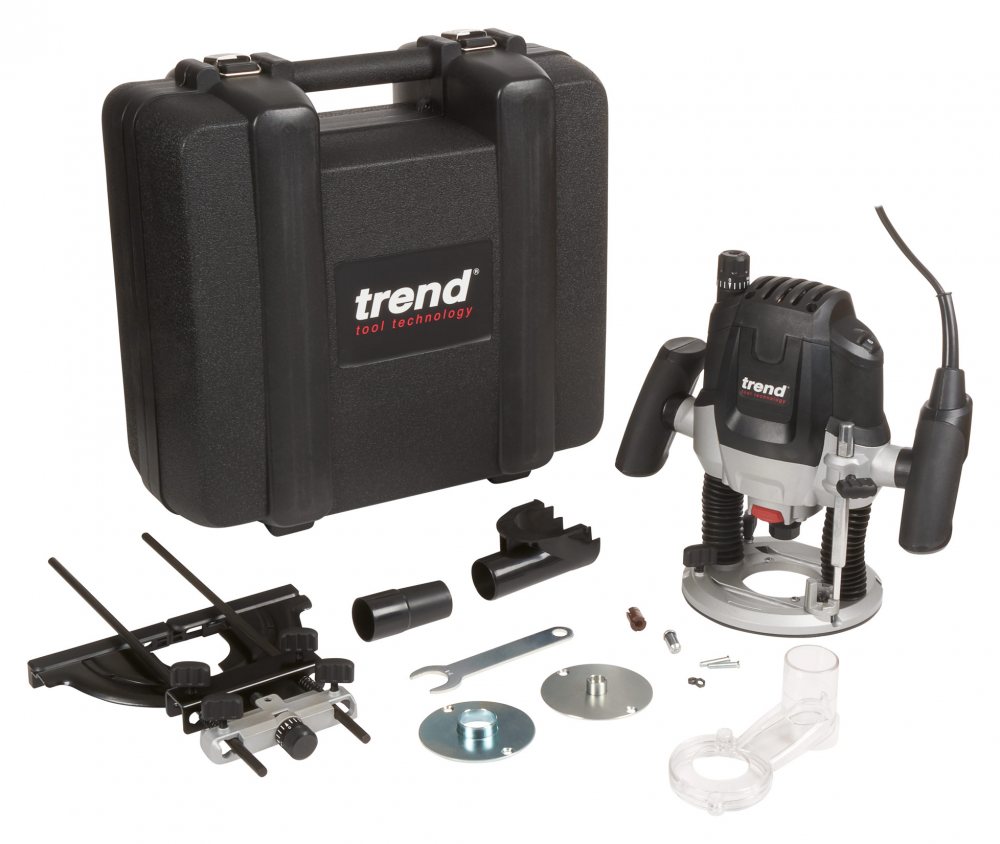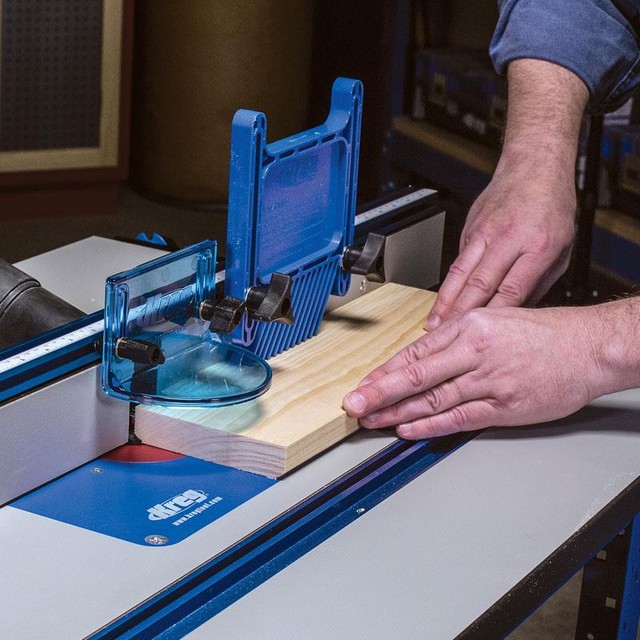What to look for in a wood router

There are a lot of different wood routers on the market, and it can be tough to decide which one is right for you. This article will help you figure out which router is best for your needs.
What is a router?
A wood router is a power tool used to create smooth, precise cuts in wood (or other materials). The router consists of a small, handheld motor that spins a bit, or cutting tool. The bit is held in place by a collet, which can be tightened or loosened to adjust the depth of the cut. The router also has a base plate, which is used to guide the router along the wood surface.
Routers are most commonly used to create grooves or channels in wood, but can also be used for tasks such as shaping edges, increasing the diameter of holes, or creating surface patterns. While routers can be used manually, many woodworkers prefer a router table, allowing for more precise and consistent results. Router tables also provide greater stability, making it easier to produce large or complicated designs.
Due to their versatility, there is no such thing as a single perfect router and you may have to accept some degree of compromise.
Here are just some factors that you should take into account:
- How often are you going to use the router?
- What types and sizes of materials will you be routing?
- What is your budget?
- What features of a router do you need?
Choosing a type of router.
When it comes to routers, there are two main styles to choose from: fixed base and plunge.

What are fixed-based routers best for?
Fixed base routers are the most popular type, and are ideal for general purpose use. They're easy to control and lightweight, making them perfect for tasks like trimming edge work and shaping wood.
If you're just starting out, a fixed base router is a great choice.

What are plunge routers best for?
If you're looking to do more intricate work, or need to rout in different depths, then a plunge router is a good choice. These routers have a depth adjustment lever, so you can control how deep of a cut you make; this is ideal for tasks like mortising or inlaying. Plunge routers can also be used for freehand routing.
A plunge router is the way to go if you're looking for more precision and control.
Choosing a size and weight of router
The size and weight of the router is also an important consideration.
Larger routers are normally reserved for heavier applications, such as cutting worktops, deep channelling, and stair trenching, and when you mount them under a router table. They handle more powerful bits, which means that they can make deeper, more aggressive cuts. They're also better suited for working with larger pieces of lumber.
Smaller light and medium duty models, on the other hand, are more manoeuvrable and easier to control, making them ideal for making delicate cuts and intricate designs. In addition, small routers can be fitted with a wider variety of bits, giving you more options for shaping and finishing your project.
It is inevitable that if you are even remotely serious about woodworking, then you will end up with more than one router and probably several, so a smaller but good-quality model is probably the best starting point for versatility.
How much power does my router need?
Routers are available in different power ratings, which are measured in Watts (W). The higher the wattage rating, the more power the router has and the faster it can cut. If you're looking for a router to use on tougher materials, or if you have a lot of intricate work to do, then you'll need a router with a higher wattage rating.
So what wattage do you need?
- A router that is around 2000 watts can handle a wider variety of bits and is perfect for tougher jobs.
- Routers in the 750-watt to 1200-watt range are good for medium to heavy-duty applications and can make deep, precise cuts.
- Routers in the 400-watt to 750-watt range are perfect for light to medium-duty applications and are easy to control. They can handle a variety of bits, making them ideal for tasks like trimming edge work and shaping wood.
Additional Features
When it comes to routers, several extra features are available for you to consider.
- Variable speed control is a great feature to have on a router. This allows you to adjust the speed of the bit according to the type of material you are routing and the depth of the cut. This ensures that you have optimum control over the router at all times, for precision results. As an example, you would use a slower speed when working with softwoods, and a higher speed when working with harder woods.
- Side handles are a good feature for routers because they provide more stability and control when routing. This is especially important when making delicate or intricate cuts. Additionally, side handles make it easier to manoeuvre the router around the workpiece, which can be helpful when working with large pieces of lumber.
- A router plunge lock is a device that locks the router bit in place so that it can't move up or down. This is a safety feature, as it prevents the bit from moving unintentionally and causing injury. Most routers come with a plunge lock, but if your router doesn't have one, you can easily purchase one separately.
- A depth stop is a device that attaches to the router and allows you to preset the desired depth of cut. This is a handy feature, as it eliminates the need to measure the depth of each cut manually. The depth stop is adjustable, so you can easily change the depth of cut depending on the project you're working on.

Do I need a router table?
One final consideration is whether or not you should buy a router table. Router tables are great for tasks that require more accuracy and precision, such as cutting dadoes and rabbets, edge trimming, and shaping moulding. They also allow you to use larger bits that would be difficult to control with a handheld router.
If you plan on doing a lot of routing, or need to do more intricate work, then a router table is a good investment. However, if you're just starting out, you can probably get by without one.
Conclusion
Buying a router can be an overwhelming experience, especially if you don't know what to look for. In this article, we've outlined the key features that you should consider when purchasing a router.
If you're still unsure about which router is best for you, our team is here to help. Contact us today and one of our experts will be happy to assist you in finding the perfect router for your needs.
- 5th August 2022
